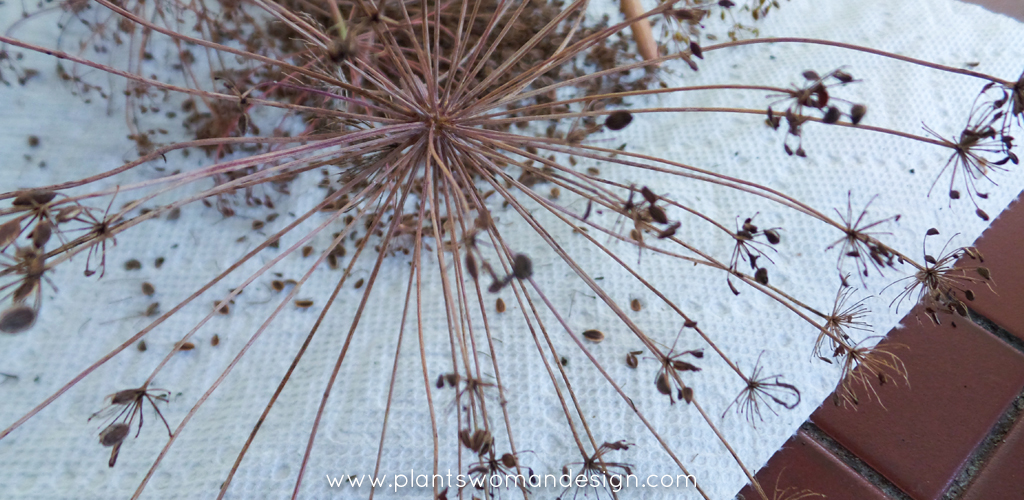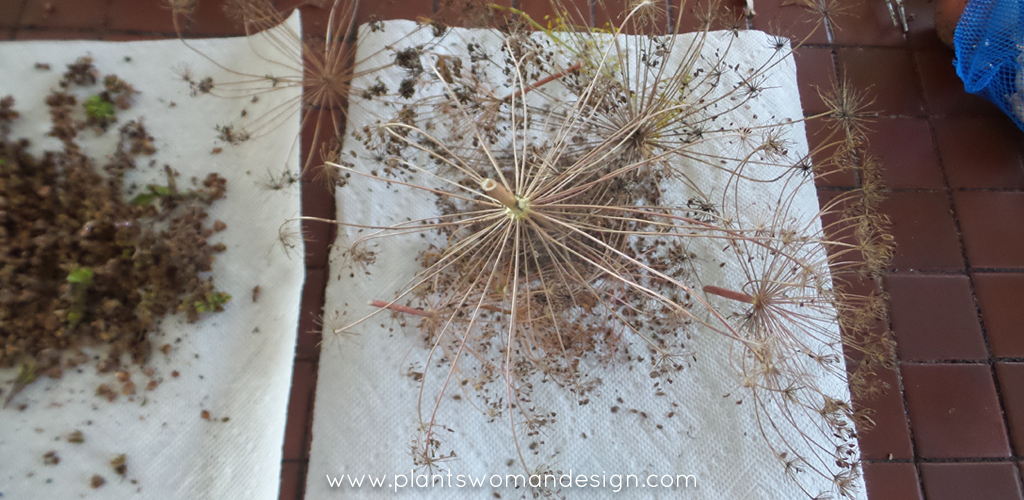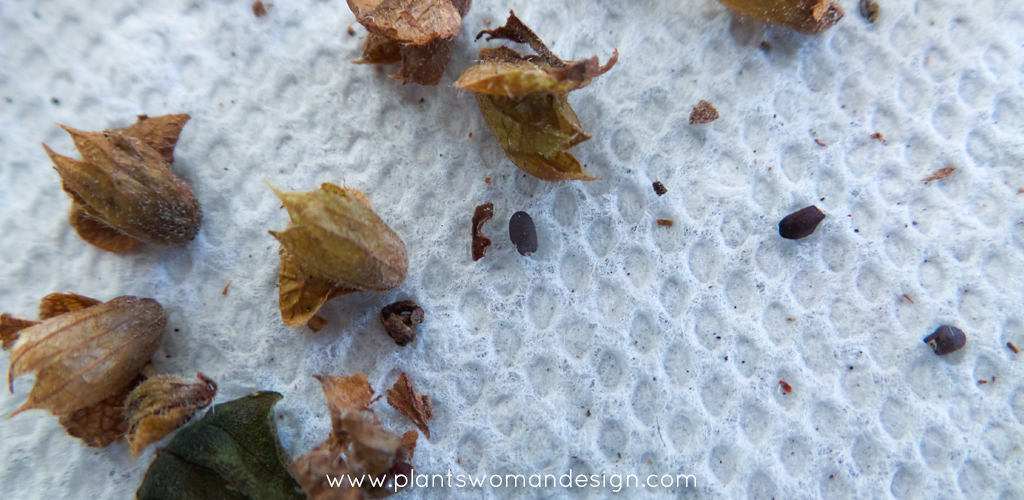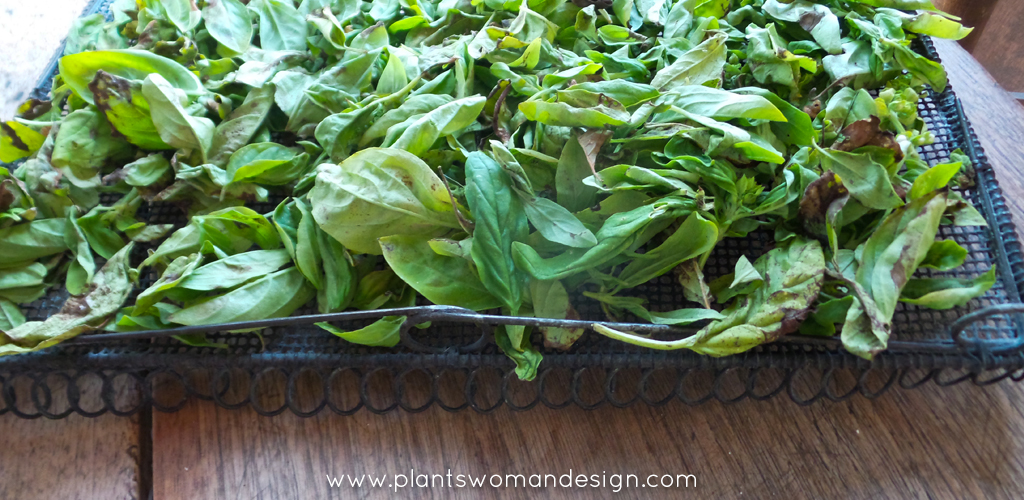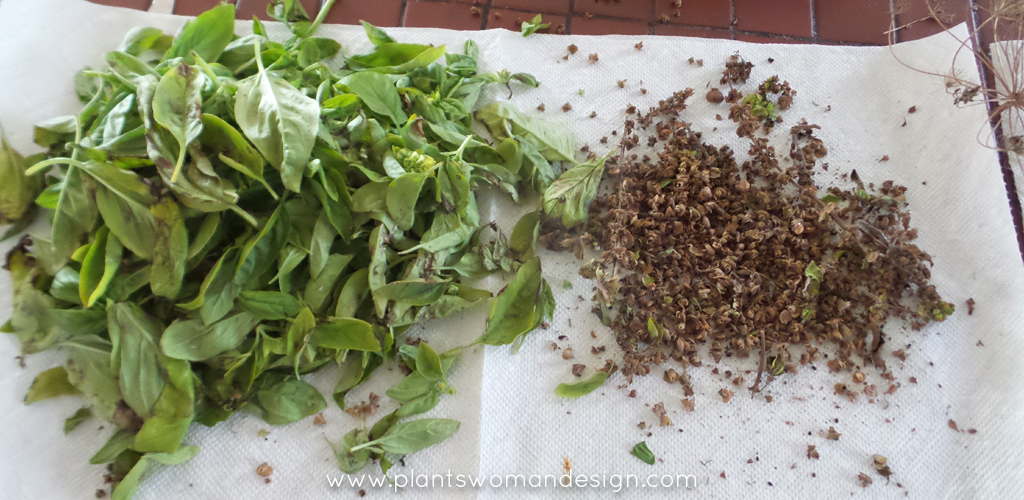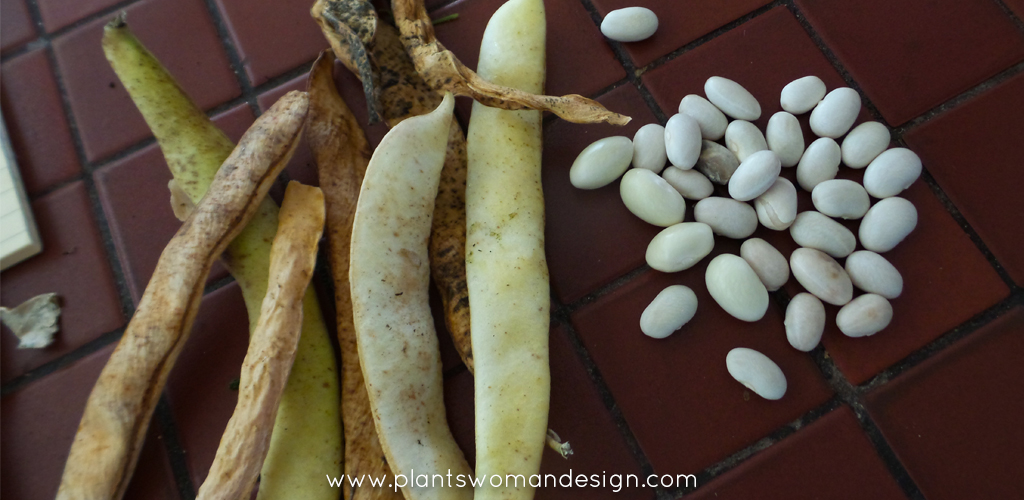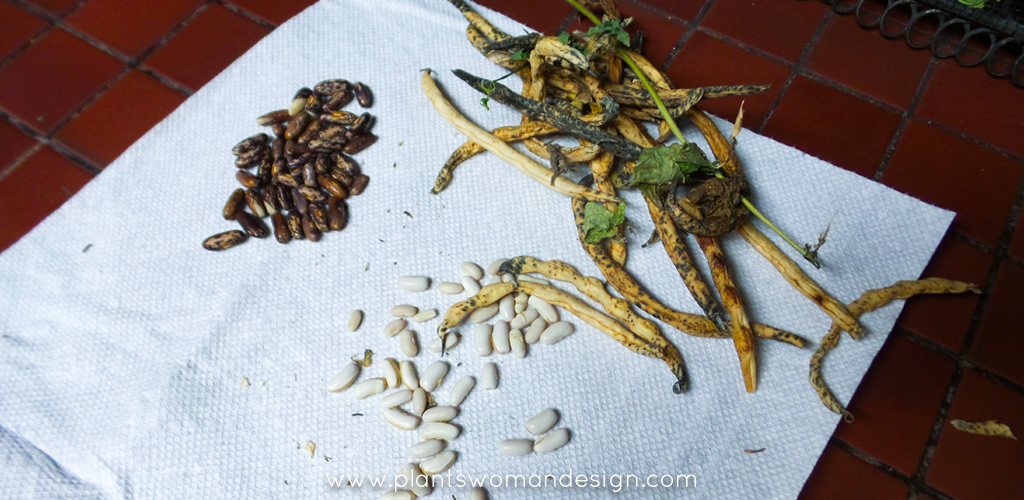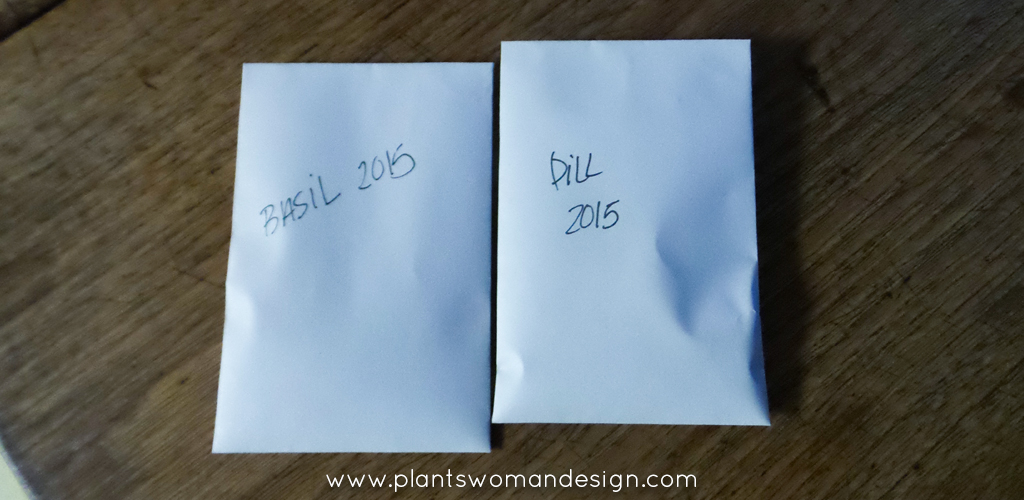I’m not a big seed saving person but I can’t really resist seeds when they are lying right in front of you. If you have never tried saving seeds before here is a little introductory tutorial for you. Veg seeds are easy to work with and usually very successful for home gardeners.
Before I start I realize that many people don’t see the need to save seeds. Lots of gardeners think that the $3.00 or so for a packet of seeds is not a big deal in the grand scheme of things and are happy to support the seed companies. When I think about the history of gardening the seed companies were the last ones on the scene. Historically gardeners always set aside a section of their garden to save seeds for the next year. The way many plants were shared throughout the globe was by seeds. Seed trading was a valuable monetary contribution to small communities and villages in exotic places. Precious peony seeds were traded and sold for extravagant amounts. Even now the trade of snowdrops seedlings and seeds is a crazy horticultural frenzy in the UK.
The other thing to think about is the ability to have a variety of veg that does really well in your garden with all its exposure and water variables. A spinach plant comes to mind. It was so great in my garden, didn’t bolt, lasted a long time with out the leaves getting too big. Now I’m kicking myself that I didn’t save the seeds since I can no longer find them. It was not popular enough to continue to produce large amounts in a big seed company.
If you are a person that is worried about the climate change, end of the world, and GMO variables in our food supply then seed saving doesn’t need to be explained.
Most plants want to produce seed. It’s a survival thing. Herb seeds are particularly easy to grow. There are perennial herbs and annual herbs. The perennial ones can be counted on year after year but the annuals like basil and dill need to be planted each year.
Here is a picture of the dill florets with seed attached. They spill everywhere and are not hard to collect inside. Sometimes if they are very dry I cut them into a large paper bag so I don’t lose most of the seeds on the way in the house. I place them on a paper towel so they are easy to see.
The key with most seed saving is making sure that the seeds are totally dry before you put them into storage. I like to keep them on a towel in a west-facing windowsill for at least two weeks.
Basil harvest is a little different. The remaining plants are brought in and leaves are picked and dried separately from the seeds. See my great little wire bakery rack for drying herbs. It works well and is decorative for sitting around my kitchen for a week or so.
The Seeds are taken off and spread out. If they are already dry then they can be separated right away. If they are on the green side they need to be dried out until you can separate the husk from the seed.
Here is a picture of the seeds and husks.
Again to the paper towel these go, and another spot on the windowsill is secured.
I have friends that lay all the onions, and other dryable vegs in the garage and open the garage during the day and close it at night so the sun helps with the drying and the closed door keeps it from getting moist again at night. Herbs can be done this way if you are in a fairly wind free area during the drying process.
Bean seeds are also easy to keep. This pile of beans is from the ground and dried on the plants. If you forget to pick them they will dry up and are ready to be saved when you take out the plants for fall.
Beautiful seeds again collected and labeled. The Romano beans are all in rows together so it is easy to pick out the seeds. The other groups of seeds are three different varieties. Haricot vert, Nickel Fillet, and Baby fillet beans. It is fun to see all the varieties together and be able to pick out which ones were which. You can leave all of them in the packet together or separate them. They all grow about the same size and have the same maturity date. They may cross-pollinate and you could have a variety in your garden that is new.
Bean seeds need to be dried out as well so when you put them into packets they will not mold. Some of the beans are more dried than other when you are pulling them out of the shells. After they are dried they should be close to the same size. The moisture will come out of the bigger seeds and they will shrink.
Simple packets are available by checking out our ‘Leaving a Legacy’ post from last year. Blank seed packets are available on Amazon. They can make great gifts too.
What seeds are you saving this year?

